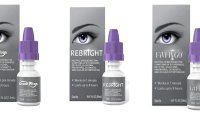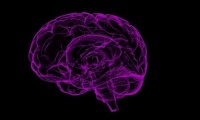-
Hengrui ADC Innovative Drug SHR-A1811 HER2 Positive Gastric Cancer Indication Proposed to be Included in Breakthrough Therapy Variety
- Source: drugdu
- 432
- February 6, 2024
-
默沙东PD-1抑制剂可瑞达®联合化疗在华获批治疗局部晚期或转移性胆道癌新适应证
- Source: drugdu
- 267
- February 6, 2024
-
Barbra Streisand’s nonprofit runs PSA to educate women about heart attack symptoms
- Source: drugdu
- 287
- February 6, 2024
-
FDA sets date for high-profile CAR-T adcomm for Bristol’s Abecma, J&J’s Carvykti
- Source: drugdu
- 307
- February 6, 2024
-
As Humira plummets, AbbVie dials up Rinvoq and Skyrizi estimates to a combined $27B
- Source: drugdu
- 240
- February 6, 2024
-
BMS runs first branded TV spot for Camzyos, focusing on moments its $13B heart disease drug makes
- Source: drugdu
- 248
- February 6, 2024
-
Neural Network Recognizes Breast Cancer on Histological Samples With 100% Accuracy
- Source: drugdu
- 291
- February 5, 2024
-
New Method Enables Detection of Lung Cancer through Blood Tests
- Source: drugdu
- 242
- February 5, 2024
-
FDA Issues Warning of Contaminated Copycat Eyedrops
- Source: drugdu
- 292
- February 5, 2024
-
Neuro Biotech Alto Adds $128M in IPO Cash for Biomarker-Based Psych Drugs
- Source: drugdu
- 267
- February 5, 2024
your submission has already been received.
OK
Subscribe
Please enter a valid Email address!
Submit
The most relevant industry news & insight will be sent to you every two weeks.

















